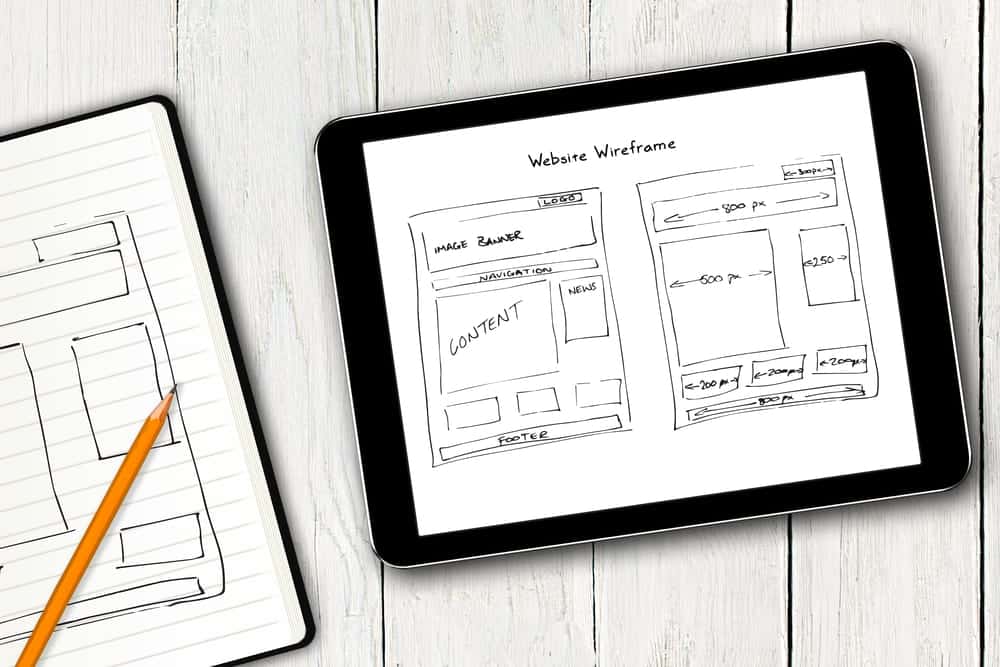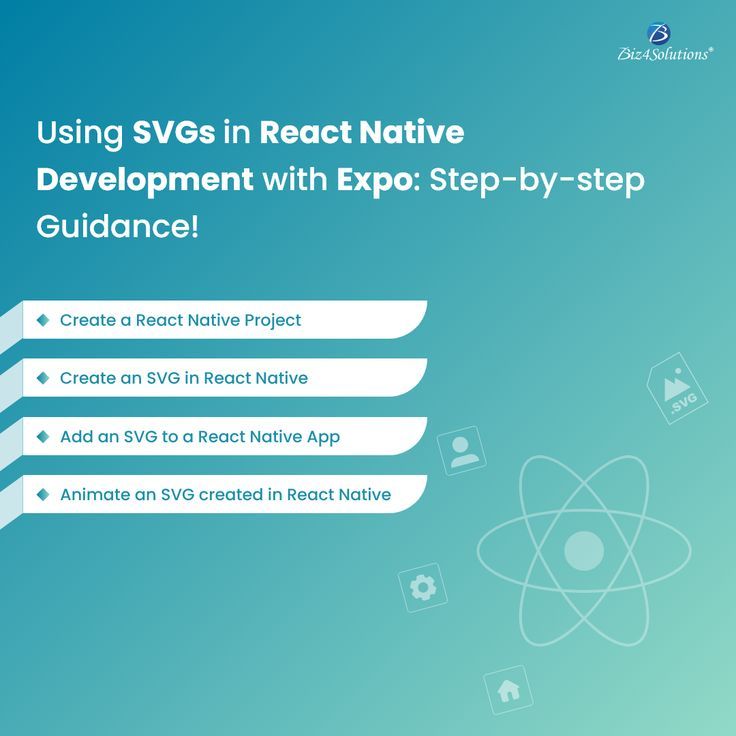The Power Of SVGs In Web Design And Development

Executive Summary

SVGs (Scalable Vector Graphics) are becoming increasingly popular in web design and development due to their numerous advantages over traditional raster images. This article explores the power of SVGs, highlighting their key benefits and providing practical examples of their applications.

Introduction
In the realm of web design, images play a crucial role in enhancing user experience and conveying information. However, traditional raster images (e.g., JPEG, PNG) can be problematic due to their limited scalability and potential impact on page loading speed. SVGs offer a compelling solution to these challenges, providing superior flexibility, efficiency, and visual quality.
Advantages of SVGs
- Scalability: SVGs are vector graphics, which means they are composed of mathematical equations that define shapes and lines. As a result, they can be scaled to any size without losing quality or becoming pixelated.
- Responsiveness: SVGs are resolution-independent, making them ideal for responsive web design. They adapt seamlessly to different screen sizes and devices, ensuring a consistent and optimal user experience.
- Flexibility: SVGs are XML-based, allowing designers and developers to edit and manipulate them with ease. They can be customized, animated, and integrated with interactive elements.
- Efficiency: SVGs are often smaller in file size than raster images, reducing page loading time and improving website performance.
- Accessibility: SVGs can be easily optimized for accessibility by adding descriptive attributes and alt tags, making them accessible to users with visual impairments.
Top 5 Subtopics
1. Scalability and Flexibility
- Resize without distortion: SVGs can be resized without compromising image quality or clarity.
- Adapt to any aspect ratio: SVGs maintain their shape and proportions regardless of the aspect ratio.
- Edit and manipulate: SVGs can be easily modified, recolored, and reshaped using code or design software.
2. Responsiveness and Optimization
- Resolution-independence: SVGs are not tied to a specific resolution, ensuring consistent display on all devices.
- Smaller file sizes: SVGs are often smaller in file size than raster images, reducing page loading time.
- Improved performance: SVGs contribute to faster website loading and improved user experience.
3. Customization and Interactivity
- Customizable shapes: SVGs can be used to create complex and unique shapes and designs.
- Animatable elements: SVG elements can be animated smoothly and easily using CSS or JavaScript.
- Interactive elements: SVGs can be integrated with interactive elements, such as buttons and navigation menus.
4. Accessibility
- Descriptive attributes: SVGs can include descriptive attributes and alt tags, making them accessible to users with visual impairments.
- Scalability: SVGs can be enlarged for better visibility, accommodating users with low vision.
- Color contrast: SVGs can be designed with high color contrast to enhance readability.
5. Support and Compatibility
- Wide browser support: SVGs are supported by all major web browsers, including Chrome, Firefox, and Safari.
- Cross-platform compatibility: SVGs can be used seamlessly on different operating systems and devices.
- Long-term relevance: SVGs are a well-established and widely adopted technology, ensuring their continued support.
Conclusion
SVGs offer a powerful solution for web design and development, providing exceptional scalability, responsiveness, accessibility, and customization options. Their ability to enhance user experience while optimizing website performance makes them an indispensable tool for modern web design. As the demand for flexible, efficient, and engaging web content continues to grow, the power of SVGs will undoubtedly play a pivotal role.
Keyword Tags
- Scalable Vector Graphics (SVGs)
- Responsive Web Design
- Web Design and Development
- Accessibility
- Website Optimization
